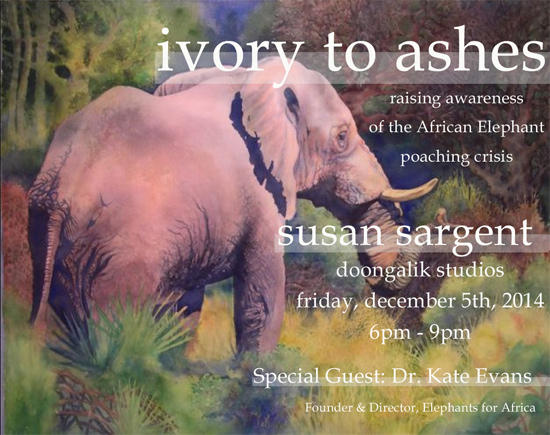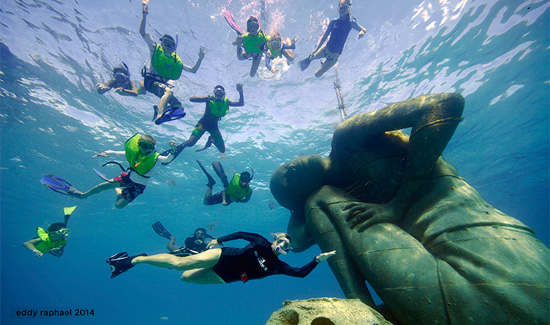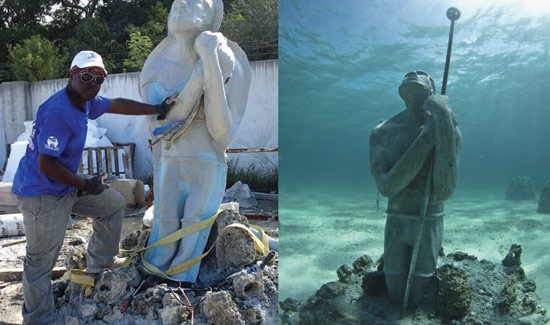 From the magnificent Pyramids of Giza to the wildlife-rich Serengeti and the stunning stained glass of Canterbury Cathedral, the list of UNESCO World Heritage sites is a diverse one, spanning seven continents and 156 countries. Sites include some of the most famous locations on the planet and some of its most magnificent scenery but there’s more to UNESCO’s heritage programme than taking note of the world’s wonders and bestowing UNESCO status upon them. As Kishore Rao, director of UNESCO’s Paris-based World Heritage Centre and expert on natural sites emphasises, the driving force behind UNESCO’s work is conservation.
From the magnificent Pyramids of Giza to the wildlife-rich Serengeti and the stunning stained glass of Canterbury Cathedral, the list of UNESCO World Heritage sites is a diverse one, spanning seven continents and 156 countries. Sites include some of the most famous locations on the planet and some of its most magnificent scenery but there’s more to UNESCO’s heritage programme than taking note of the world’s wonders and bestowing UNESCO status upon them. As Kishore Rao, director of UNESCO’s Paris-based World Heritage Centre and expert on natural sites emphasises, the driving force behind UNESCO’s work is conservation.
‘The benefits [of conserving nature and monuments] are the same,’ he explains. ‘We are protecting our legacy; our heritage, our history, our identity and the benefits also flow because of tourism to these sites. People visiting these sites appreciate different cultures, they develop understanding of cultures – it promotes a mutual understanding, which is so important in building peace ultimately. You know, you travel to a World Heritage Site in other parts of the world and you try and learn more about their culture. You appreciate that culture and develop a better understanding and respect.’
Understanding and respect for other cultures are one thing but not everyone has signed up. 188 countries are signatories to the World Heritage Convention but as Rao explains, a few remain outside. ‘At the moment there are about seven countries who haven’t ratified [the convention],’ says Rao. ‘In the Latin America and Caribbean regions, it is the Bahamas. On the African continent it is Somalia, in Asia it is Singapore and the Pacific Island countries.’
While the presence of Somalia, the world’s premier failed state, on the list of non-signatories comes as no surprise, what does staying outside of UNESCO mean for the likes of the Bahamas – home to some of the most stunning marine areas on the planet? ‘Of course, World Heritage recognises exceptional sites that need to be protected but apart from designated sites, there are other cultural and national heritage sites, which should be protected. There are over 100,000 protected areas in the world: natural protected areas, national parks, wildlife sanctuaries, nature reserves. But not all of them are World Heritage Sites. In fact there are only 183 natural World Heritage Sites, so it doesn’t mean that the others are not being conserved; they are being protected through national legislation and through other programmes for their conservation.’



